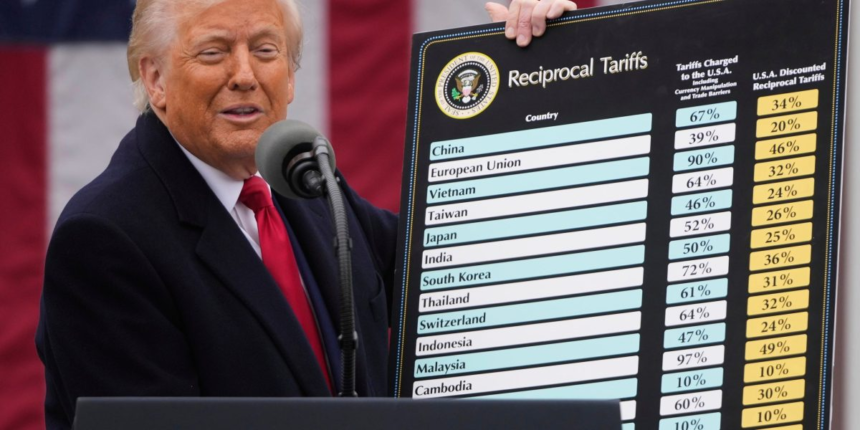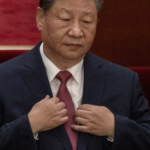For months, bubbling trade tensions between China and the U.S. seemed to calm to a simmer, with words like “thaw” and “truce” swapped in for warnings of economic “war.”
Now, hostilities appear to be returning to full boil.
“Let’s poke the bear again,” economist Aleksandar Tomic, an associate dean at Boston College, said of the renewed sparring. “Let’s stir the hornet’s nest.”
A look at where things stand in the U.S.-China trade standoff:
“Either this is it, the so-called tariff truce is over and both sides are going to rapidly escalate or these are negotiation talks ahead of the talks between Xi and Trump,” said Marc Chandler, chief market strategist at Bannockburn Capital Markets in Cincinnati, Ohio.
With so much unknown about any possible behind-the-scenes negotiations between the two nations, it is hard to gauge who might have the upper hand.
“It becomes an issue of who can replace supply chains faster. And, at least right now, I think China is winning that one,” Tomic said. “I don’t know what the cycle of a soybean is, but I bet you can grow a soybean faster than you can build a toy factory.”
Trump has suggested a deal is still possible.
He has frequently made threats that turn out to be empty, used as part of a negotiating strategy. For now, Trump has not formally canceled a meeting planned with Xi later this month on the sidelines of the Asia-Pacific Economic Cooperation summit, though he said nothing was certain.
“I don’t know that we’re going to have it,” he said in the Oval Office on Friday. “I’m going to be there regardless, so I would assume we might have it.”
Chandler said it might appear to be a sudden, dramatic blowup between the U.S. and China, but it is really just more of the same from two parties embroiled in an acrimonious, long-running feud.
“It’s sort of like a divorce: The wife and the husband are accusing one another of things that, from the outside, look more complicated,” Chandler said. “This kind of story doesn’t have a good guy. We want to have a good guy and a villain. But these are just two large countries both seeking national advantage.”









